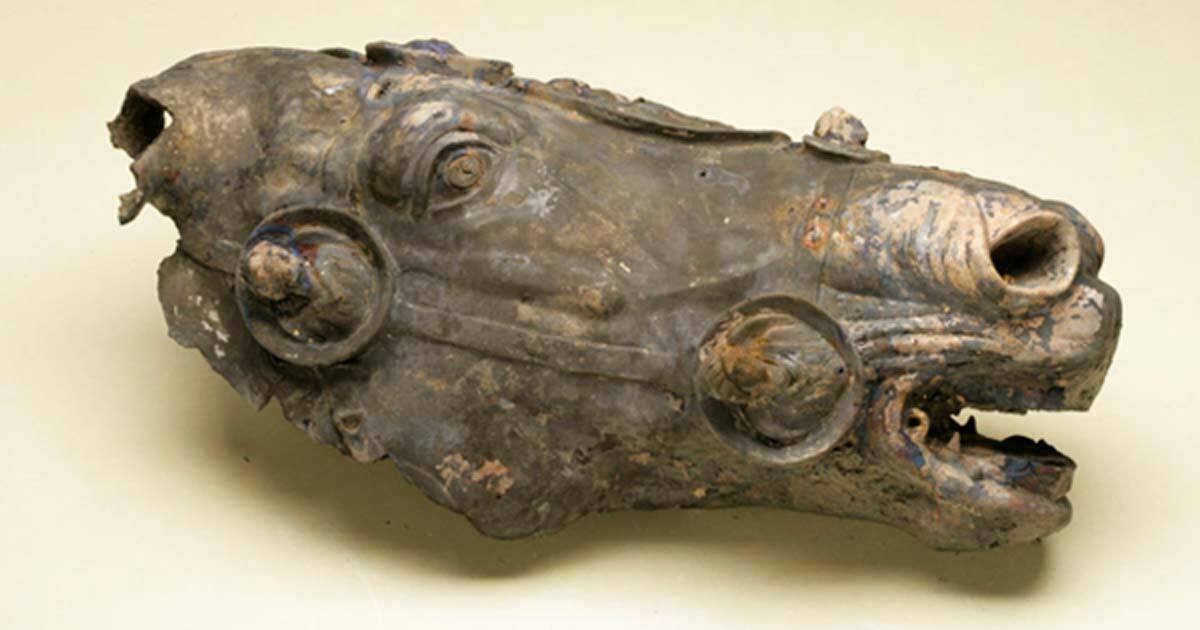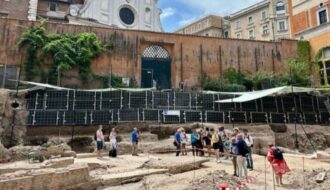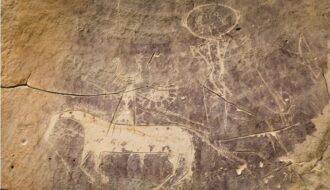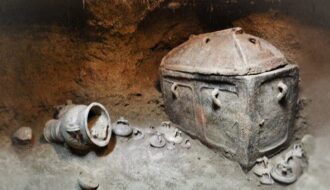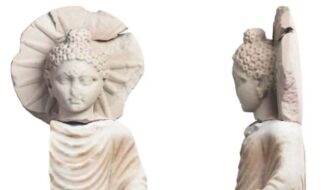A German Farmer Was Just Awarded Almost $1 Million for an Ancient Roman Bronze Found on His Property
Nine years ago, in the fields of Lahnau, Germany, archaeologists made an extraordinary discovery – a Roman bronze sculpture hidden beneath the earth.
Recognizing the rarity and value of the find, the farmer who owned the land received compensation for the bronze horse’s head, which was retrieved from the depths of his well. Initially, everyone involved appeared satisfied with the arrangement.
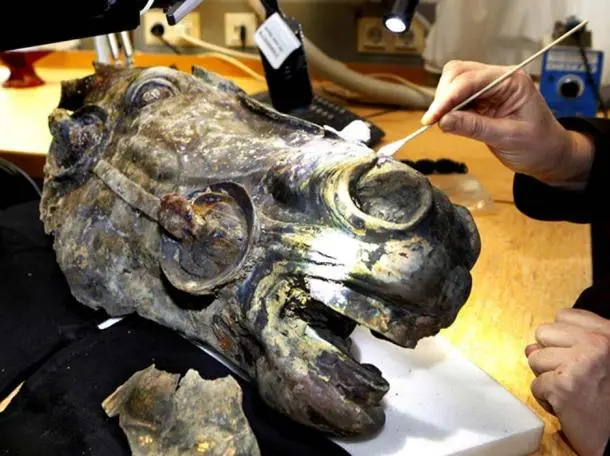
However, recent revelations have added a new layer to the story, resulting in unexpected consequences for the local government, which now faces a financial burden of almost one million dollars.
The Roman horse head, dating back 2,000 years, emerged from the farmer’s property in 2009. As reported by Daily Sabah, the individual, whose identity remains undisclosed, was initially granted €48,000 (approximately $55,946) for the fragment of this remarkable sculpture.
He seemed content with the payment until he found out, as Artnet News reports, “about the gravity and value of the discovery, which was trumpeted as one of the best preserved Roman bronzes in the world.”
It is an important discovery. Experts believe the gold leave-adorned horse head comes from 9 AD and was once part of a large statue depicting Augustus on horseback.
Born Gaius Octavius Thurinus (23 September 63 BC – 19 August 14 AD) and known as Octavian before taking leadership of Rome, Augustus was the adopted son of famous Roman dictator, Julius Caesar.
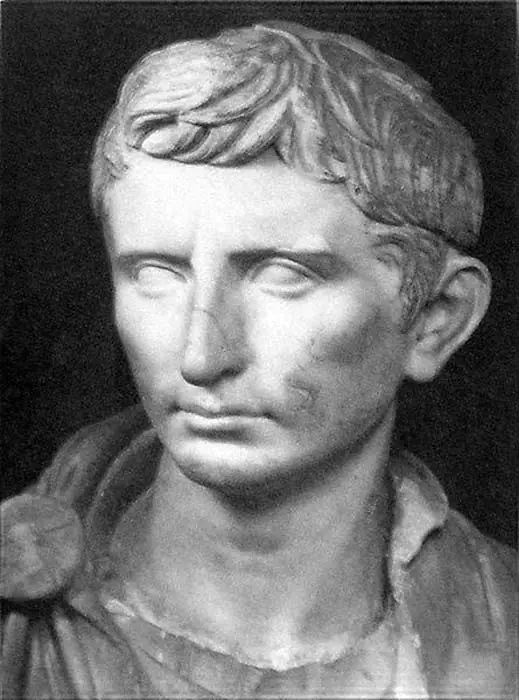
Following the events of the Battle of Actium in 31 BC, Augustus became the first Roman emperor. Emperor Augustus ruled for 40 years before he died.
He is remembered for his victory against his enemies Mark Antony and Cleopatra, but also for his patience and efficiency.
His administrative skills helped him create durable peace and prosperity for his empire. Augustus’ rule was autocratic, but he knew how to hide that fact under well-made propaganda.
He was politically ruthless, and sometimes even cruel, but his temper apparently cooled as his time as emperor advanced. Augustus also had an interest in philosophy and poetry, leading him to write on both subjects.
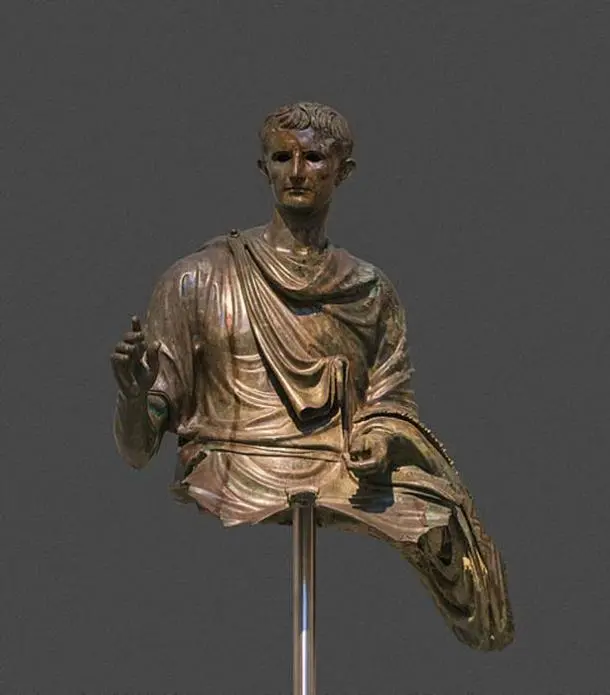
Even today, Augustus is considered one of the most efficient, yet controversial, of all Roman leaders. There are many statues and busts of this Roman emperor.
The Roman bronze horse head from the German farmer’s property weighs about 55 pounds (24.95 kg) and is almost 20 inches (50.8 cm) long.
It was found underwater in a 36-foot (10.97 meter) well. Experts believe the artifact was probably abandoned when the town’s inhabitants had to flee a surprise attack.
Once the farmer became aware of the importance of the Roman bronze sculpture he decided to sue the government for a better payout.
The Limburg regional court decided on July 27 that the local government now owes the farmer €773,000 (about $904,000) plus interest. That’s roughly half the estimated value of the Roman bronze horse’s head.
It’s unknown if the local authorities will make an appeal against the court’s decision.
Just a couple of weeks ago, another fascinating Roman discovery was announced in Germany.
Construction workers found the walls of a Roman library built about 2,000 years ago in the heart of Cologne. It is believed to be the oldest ruins of a public library in the country.

Ancient Archaeology

